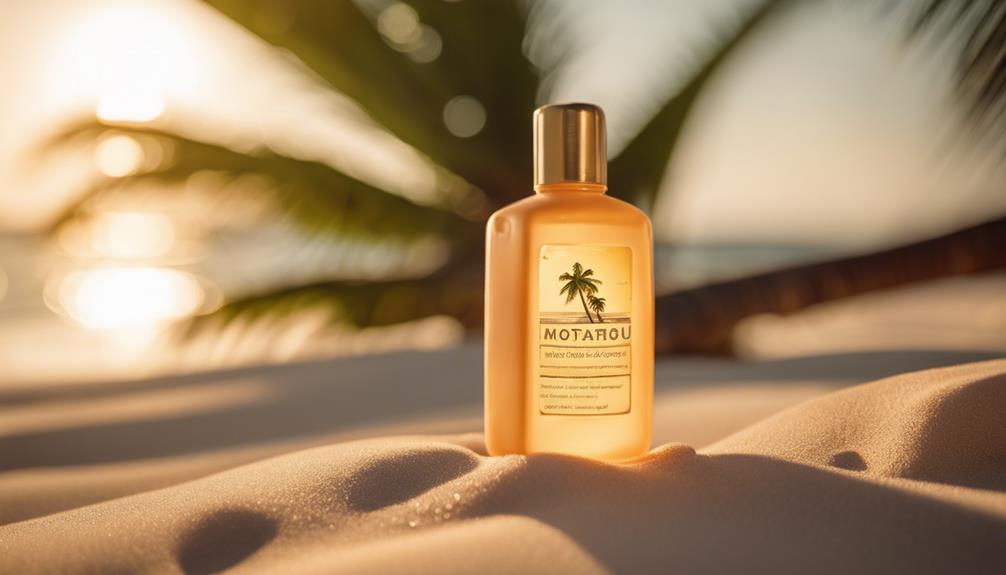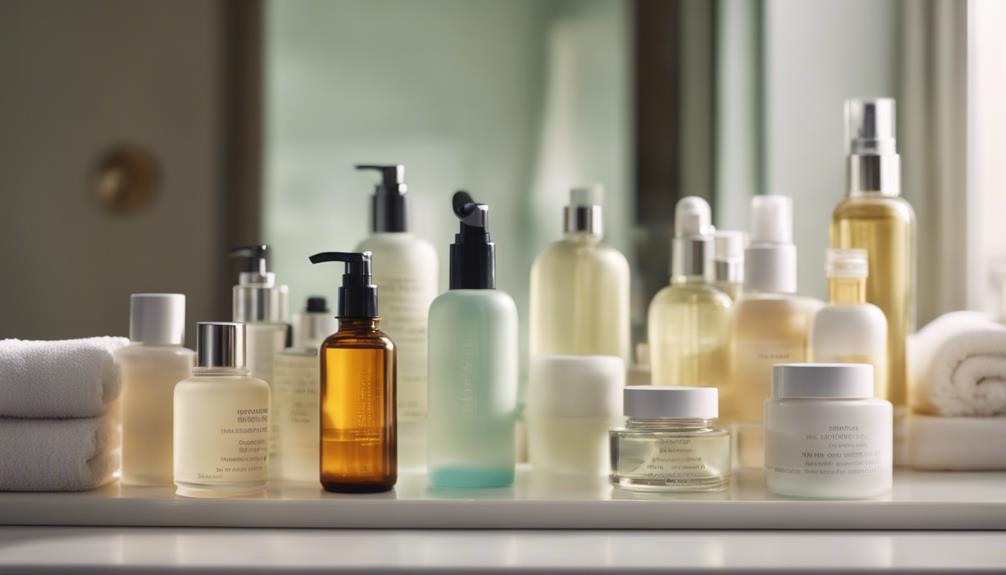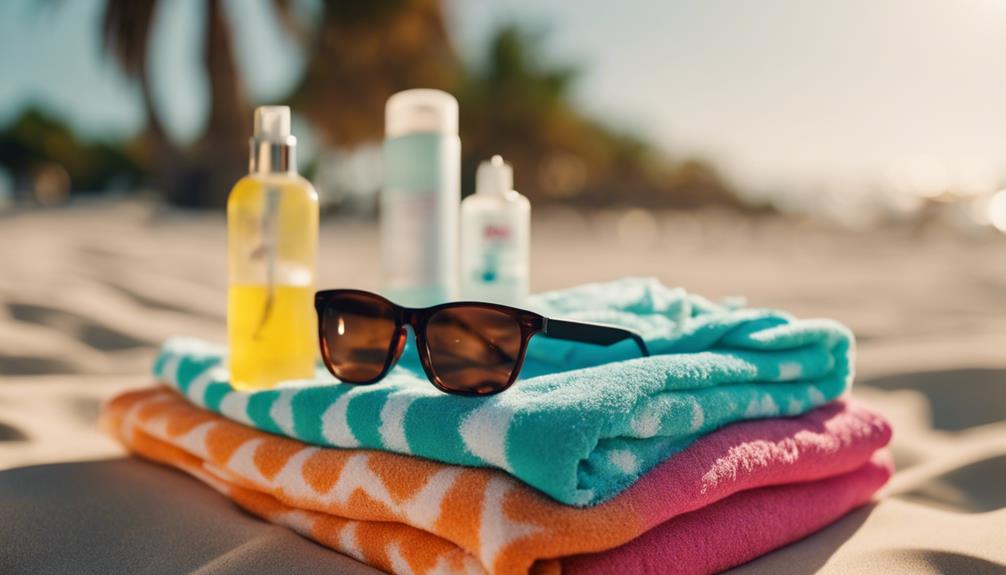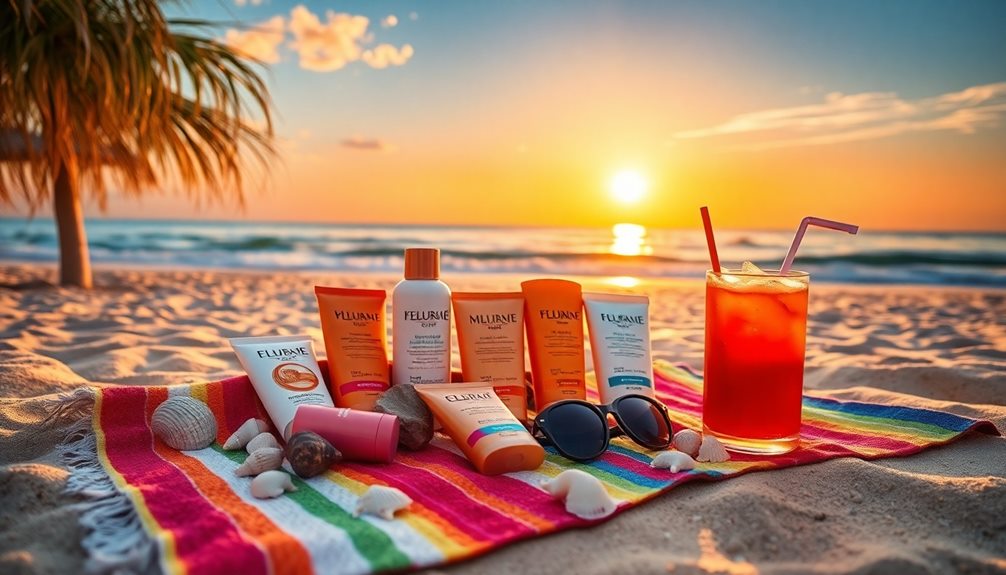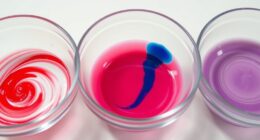Tanning beds may give you a nice glow, but they pose some serious risks! You are not just opting for a bronzed appearance; you are risking skin damage and even skin cancer. To safeguard your skin, always apply a broad-spectrum sunscreen, wear UV-blocking sunglasses, and consider safer alternatives like self-tanners. Remember to limit your sessions and sanitize the bed beforehand – yikes! Additionally, understanding your skin’s sensitivity is essential, just like knowing your favorite music genre. Interested in exploring more tips for maintaining your skin’s safety and health? There is plenty more to discover!
Key Takeaways
- Always apply broad-spectrum sunscreen with SPF 15 or higher before using tanning beds to protect your skin from harmful UV rays.
- Limit tanning bed sessions to recommended times (10-15 minutes) to reduce the risk of overexposure and skin damage.
- Wear protective goggles during tanning sessions to safeguard your eyes from UV radiation.
- Consider safe alternatives like self-tanners or spray tans to achieve a bronzed look without the risks of UV exposure.
Health Risks of Tanning Beds
When you step into a tanning bed, you're greatly increasing your risk of developing skin cancer, including the deadly melanoma. You might think that getting a tan will make you look fabulous, but that golden glow comes with serious consequences.
Each time you expose your skin to those UV rays, you're piling on the danger. It's like playing with fire—sure, it can be fun, but you might get burned!
Plus, over time, UV light can mess with your skin's immune system, making you more susceptible to infections.
Skin Aging and Damage
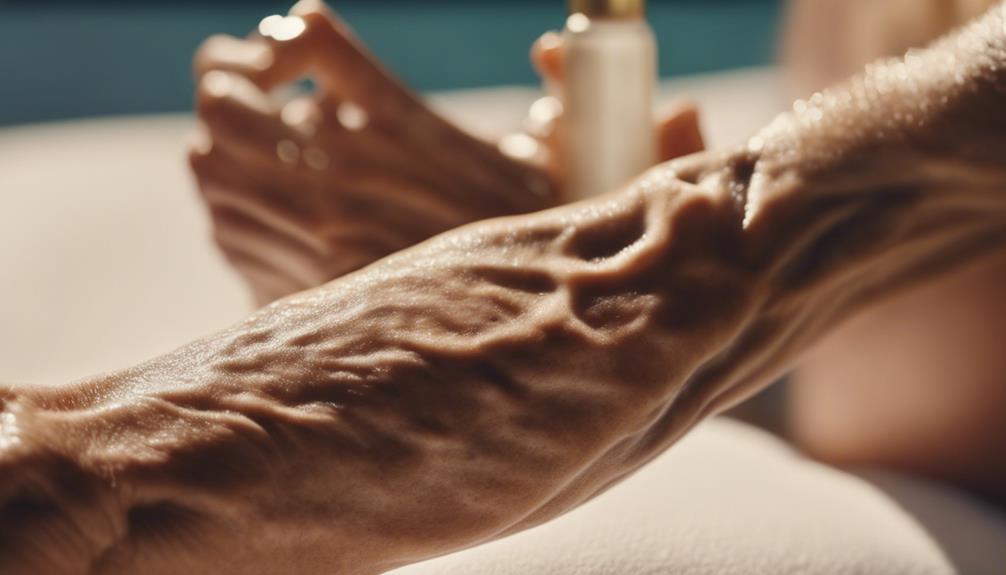
Tanning beds rapidly accelerate skin aging, leading to wrinkles, sagging, and uneven skin tone. You might think that a little tan makes you look fabulous, but those rays are sneaky!
Here are some things to contemplate:
- Wrinkles: Tanning can make your skin look older, with deeper lines showing up way too soon.
- Sagging: Over time, UV rays damage the collagen that keeps your skin firm, leading to saggy spots. Not cool!
- Uneven Skin Tone: Say goodbye to that flawless complexion! Tanning can create dark spots and patches that are hard to cover up.
Protective Measures
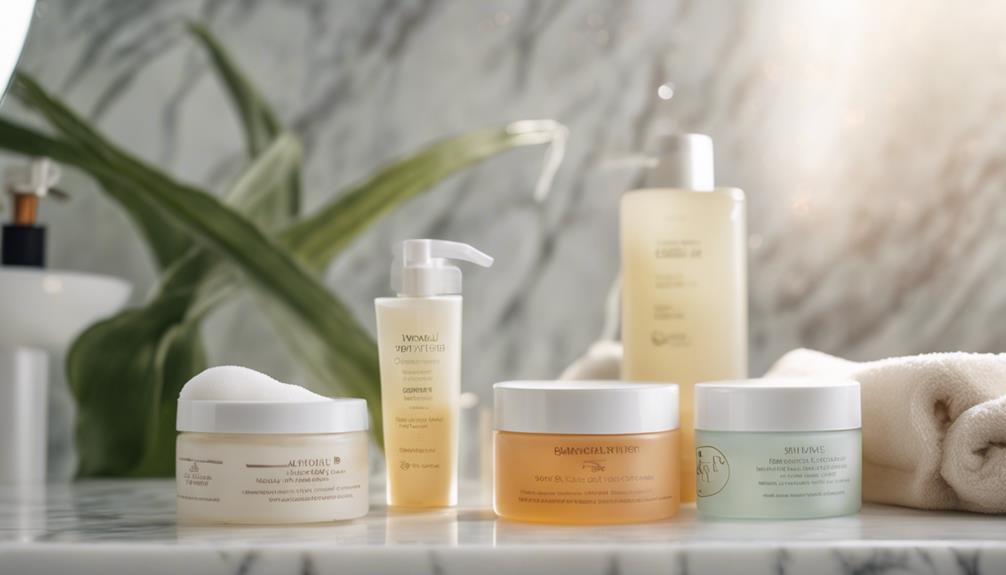
Applying broad-spectrum sunscreen with an SPF of 15 or higher is essential for protecting your skin from harmful UV radiation before stepping outside. Think of sunscreen as your skin's superhero cape! You should apply it generously, covering all exposed areas, even on cloudy days.
Wearing tightly woven clothing and wide-brimmed hats adds extra protection, while UV-blocking sunglasses keep your eyes safe from those sneaky rays.
And hey, if you're looking for a sun-kissed glow without the risks, self-tanners are your best pals! They let you shine without the UV drama.
So, next time you think about hitting a tanning bed, remember: your skin deserves better, and you've got the power to keep it healthy and happy!
What's your favorite sun-safe accessory?
Tanning Bed Alternatives
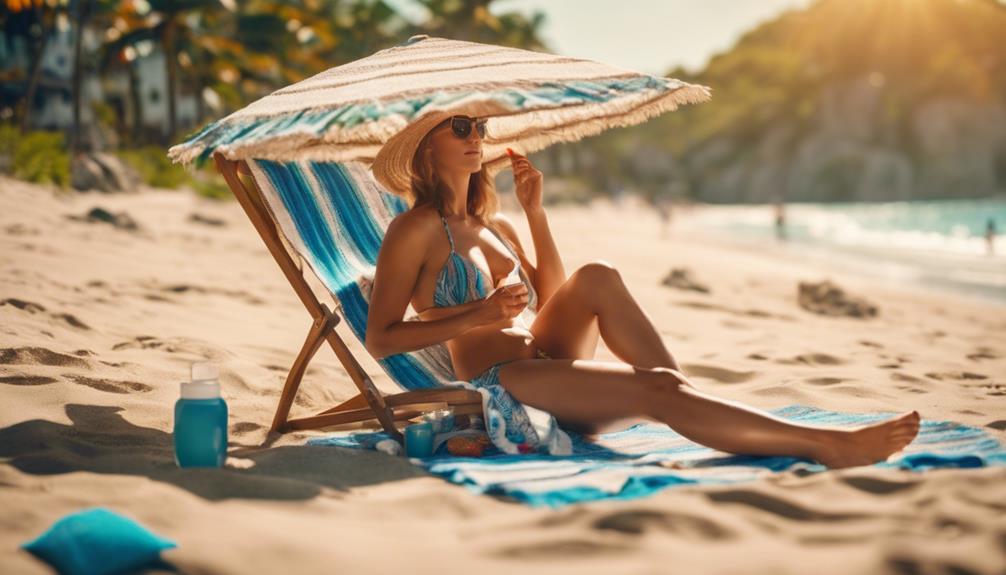
Looking for a safe way to achieve that bronzed look? You don't need tanning beds to glow; there are plenty of fun alternatives!
Here are three options that'll help you shine without the risks:
- Spray Tans: These give you a gorgeous, even tan in just minutes! Just make sure to get it done by a pro for the best results.
- Self-Tanning Lotions: Apply these at home, and watch your skin transform over a few hours, giving you control over the shade.
- Tinted Moisturizers: Want a subtle glow? Mix your moisturizer with a bit of bronzer for a natural look that washes off easily.
Safe Salon Selection
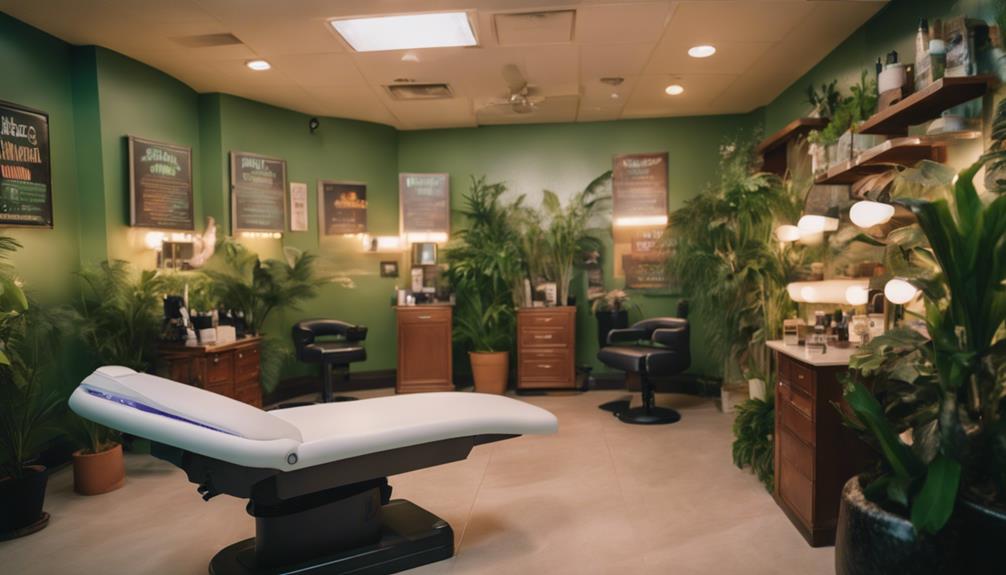
Choosing a safe salon is essential for protecting your skin from harmful UV exposure while still achieving that bronzed look.
First, check if the salon follows FDA safety guidelines—this is a must!
Ask about their sanitation practices too, because nobody wants to use a tanning bed that hasn't been cleaned. Think of it like borrowing a friend's favorite shirt; you'd want it to be fresh, right?
Also, look for salons that are well-reviewed; a good reputation usually means they care about your safety.
Don't be shy—ask questions! If a salon can't give you clear answers, it's time to find another one.
Your skin deserves the best treatment, so choose wisely and glow safely!
Tanning Bed Safety Tips
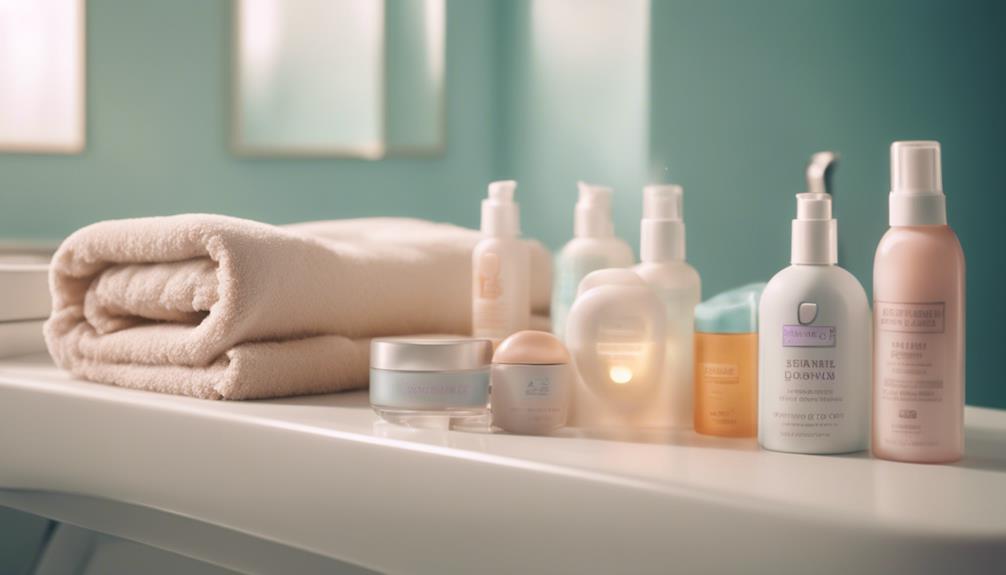
To protect your skin while using tanning beds, limit your sessions and always wear protective goggles. It might be tempting to soak up all that UV goodness, but too much can lead to serious skin problems.
Here are some quick tips to keep you safe and glowing:
- Set a Timer: Stick to recommended time limits, usually around 10-15 minutes, to avoid overexposure. Think of it like a microwave—you wouldn't want to burn your food!
- Clean Before Use: Wipe down the tanning bed before you hop in. You wouldn't want to share germs, right?
- Stay Hydrated: Drink plenty of water. Just like your plants, your skin needs moisture to thrive!
Awareness of Allergies
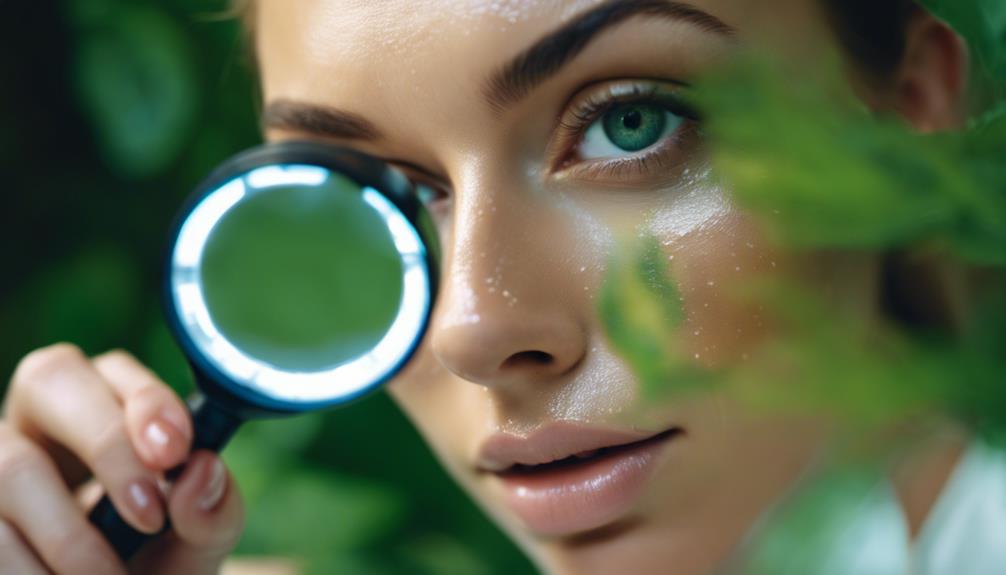
Awareness of potential allergies triggered by indoor tanning is essential for anyone considering tanning bed use.
You mightn't realize that certain medications can cause unexpected reactions when you hit the tanning bed! For example, if you're on antibiotics or have a history of cold sores, tanning could lead to flare-ups.
Imagine stepping into a tanning bed, only to discover you're suddenly itching or breaking out in a rash—definitely not the glow you wanted! Always check with your doctor about any medications you're taking before tanning.
Long-Term Skin Health
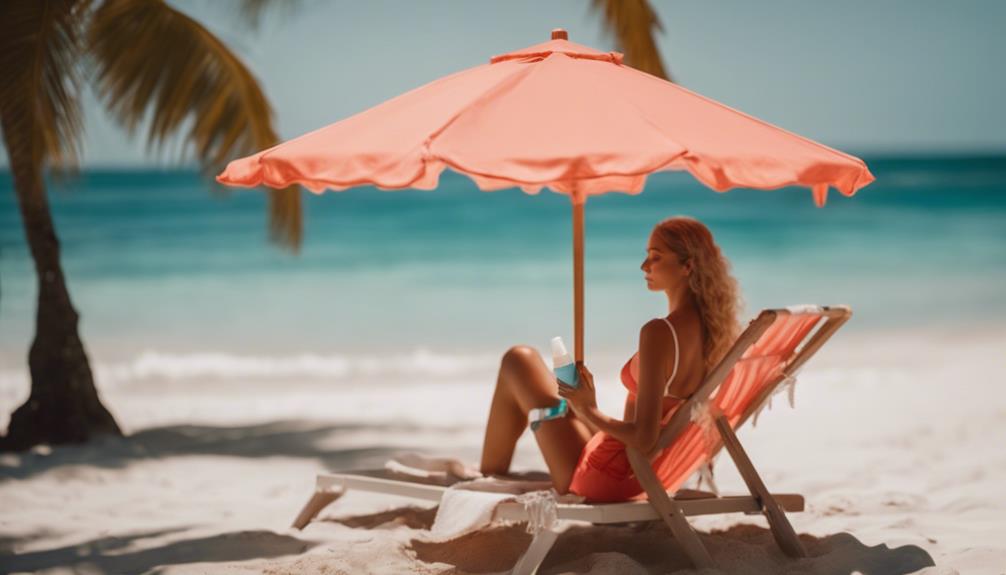
Understanding how indoor tanning can trigger allergic reactions highlights the importance of considering long-term skin health, as repeated UV exposure can lead to irreversible damage over time. You might think a quick tan looks great now, but your future self may not agree!
Protecting your skin is essential, so here are three tips to keep in mind:
- Limit tanning sessions: Think of it like candy—you wouldn't eat a whole bag in one sitting, right?
- Use sunscreen: Even on cloudy days, your skin deserves protection!
- Explore safer alternatives: Self-tanners and bronzers can give you that glow without the UV damage.
Your skin's future is in your hands, so make choices that keep it happy and healthy!
Frequently Asked Questions
Can Tanning Beds Cause Immediate Skin Reactions or Burns?
Yes, tanning beds can cause immediate skin reactions or burns, especially if you're sensitive to UV exposure. Overexposure can lead to redness, irritation, and even blistering, so it's important to limit your sessions and follow safety guidelines.
How Often Can I Safely Use Tanning Beds?
Imagine the sun-kissed glow you desire, but limit tanning bed sessions to once a week. Your skin needs time to recover, so keep it healthy and radiant while avoiding potential damage from excessive UV exposure.
Are There Age Restrictions for Using Tanning Beds?
Yes, most states enforce age restrictions for tanning bed use, typically requiring users to be at least 18. Some places may allow minors with parental consent, so always check local regulations before tanning.
What Are the Signs of Tanning Bed Overexposure?
If you've overexposed your skin to tanning beds, look for redness, peeling, or a burning sensation. You might also notice increased sensitivity, dark spots, or unusual skin texture. Always listen to your skin and take breaks.
How Do I Choose the Right Sunscreen After Tanning?
Choosing sunscreen after tanning is like picking armor for your skin. Look for a broad-spectrum SPF 30 or higher, and make certain it's hydrating. Reapply every two hours to keep your skin protected and healthy.
What Are the Dangers of Tanning Beds and How Can I Protect My Skin and Eyes?
Tanning beds emit harmful UV rays that can increase the risk of skin cancer and premature aging. To protect your eyes from tanning beds, always wear protective eyewear designed for indoor tanning. Additionally, limit your tanning bed sessions and consider using self-tanning products as a safer alternative.
Conclusion
So, think of your skin like a beautiful book. Every time you hit that tanning bed, you're adding a few more wrinkles and spots to its pages.
Instead of risking those permanent marks, how about choosing to keep your book fresh and vibrant? By protecting your skin now, you're ensuring it stays as enchanting as ever!
Remember, there are plenty of safer ways to get that sun-kissed look. Your skin will thank you for it later!

